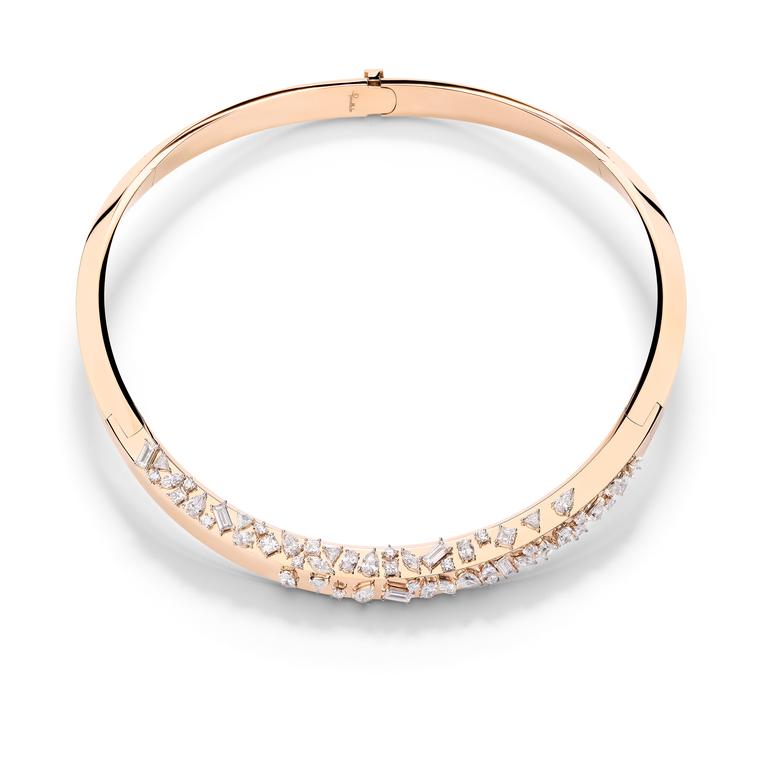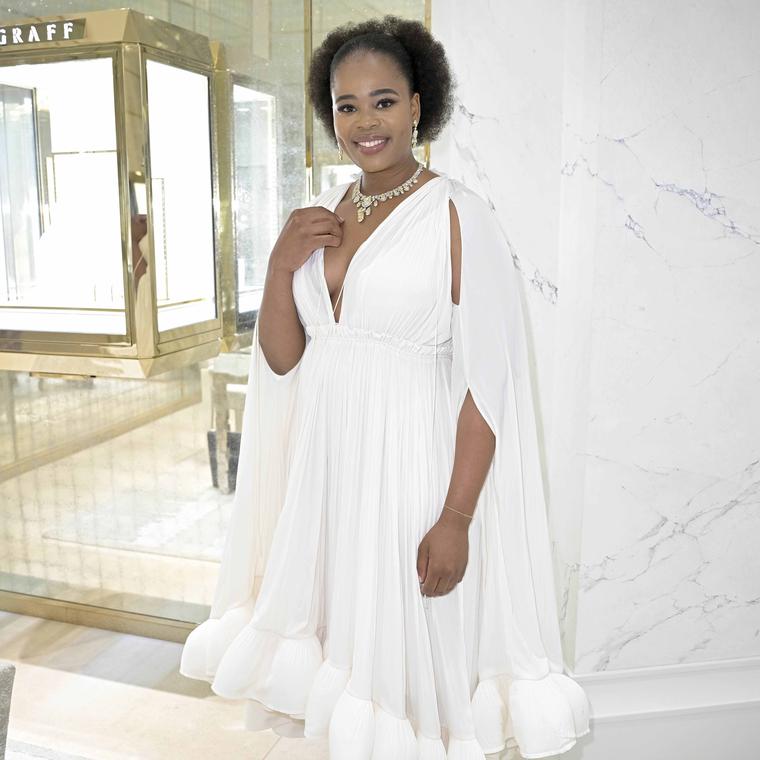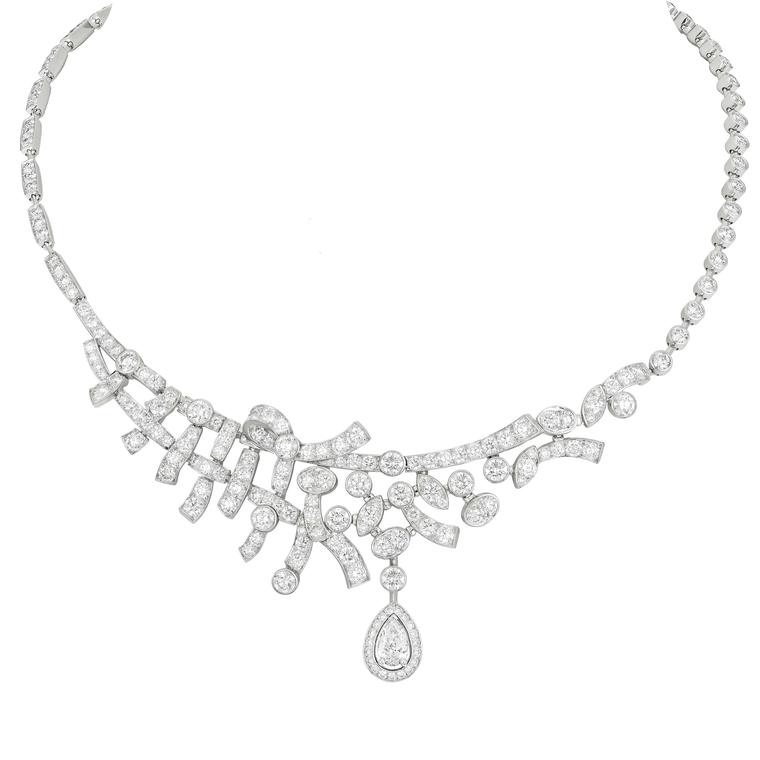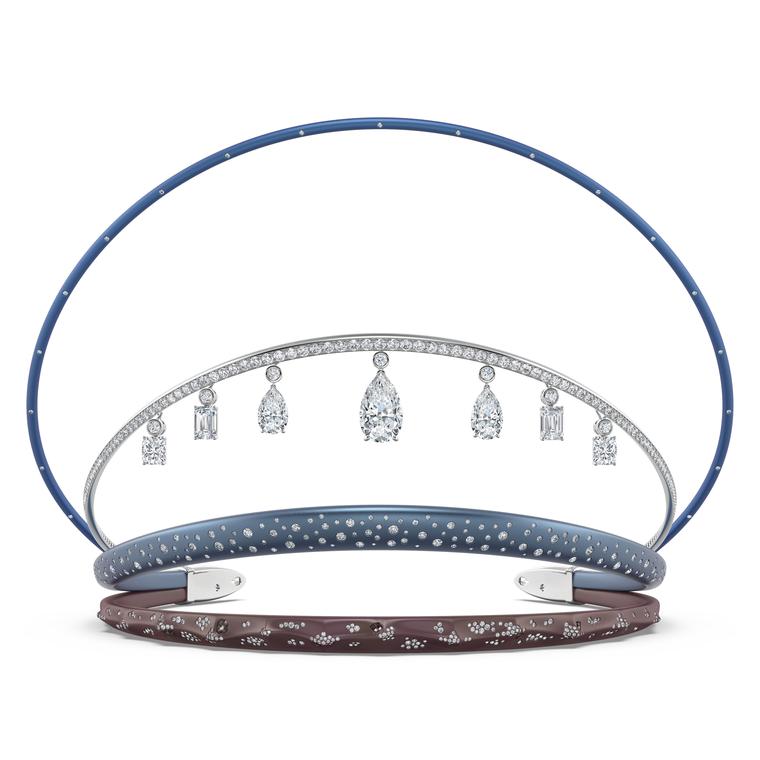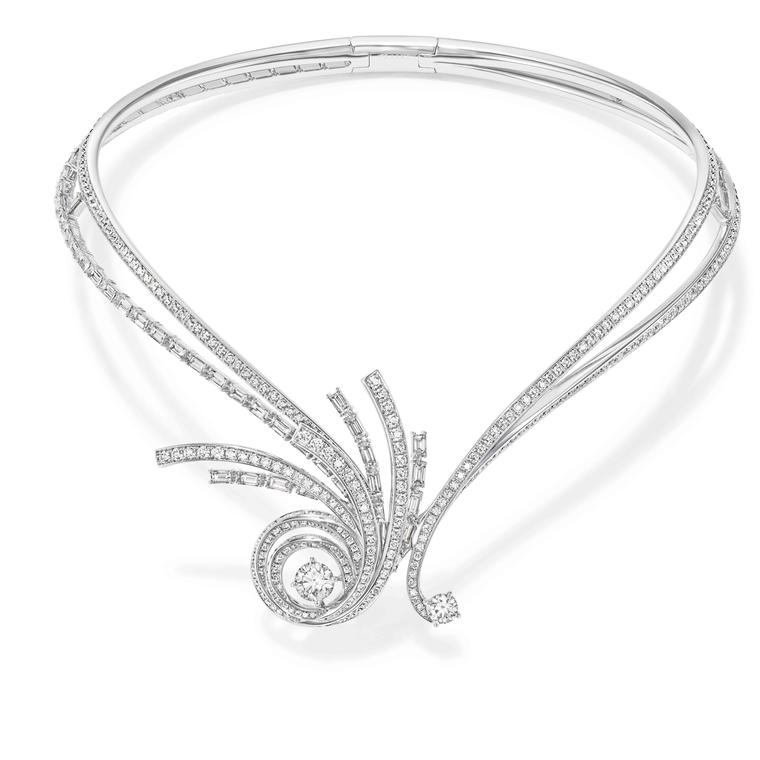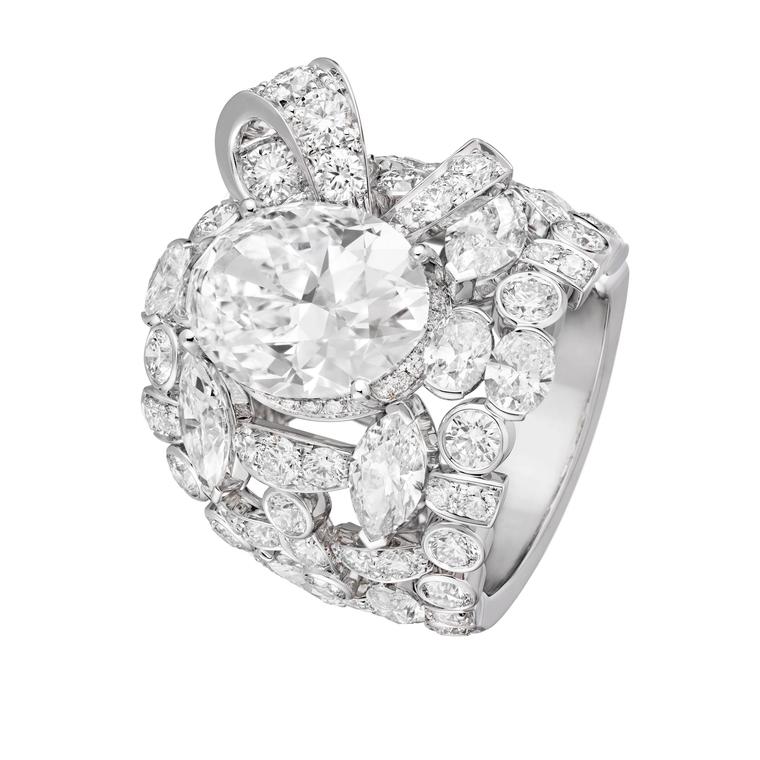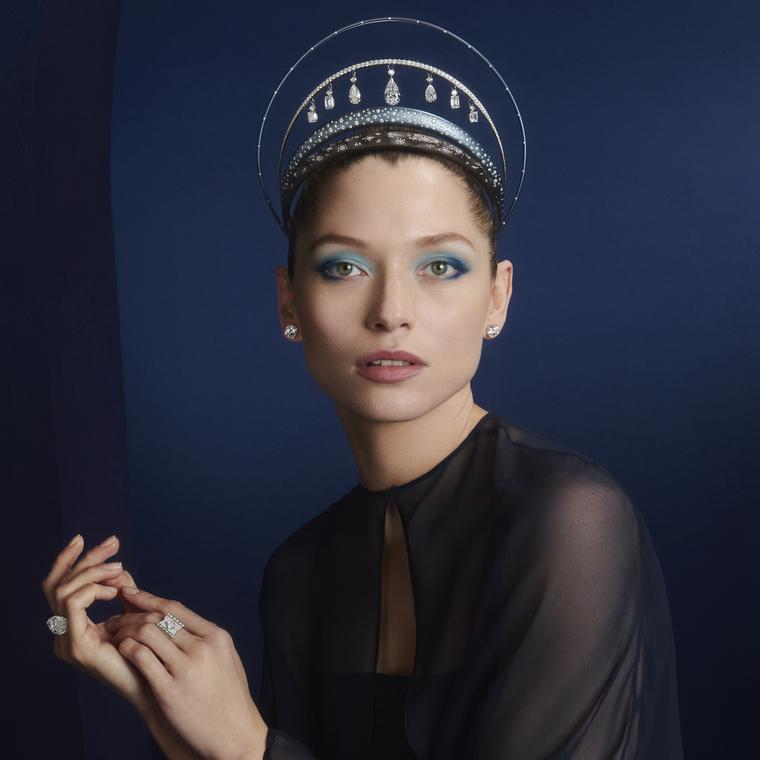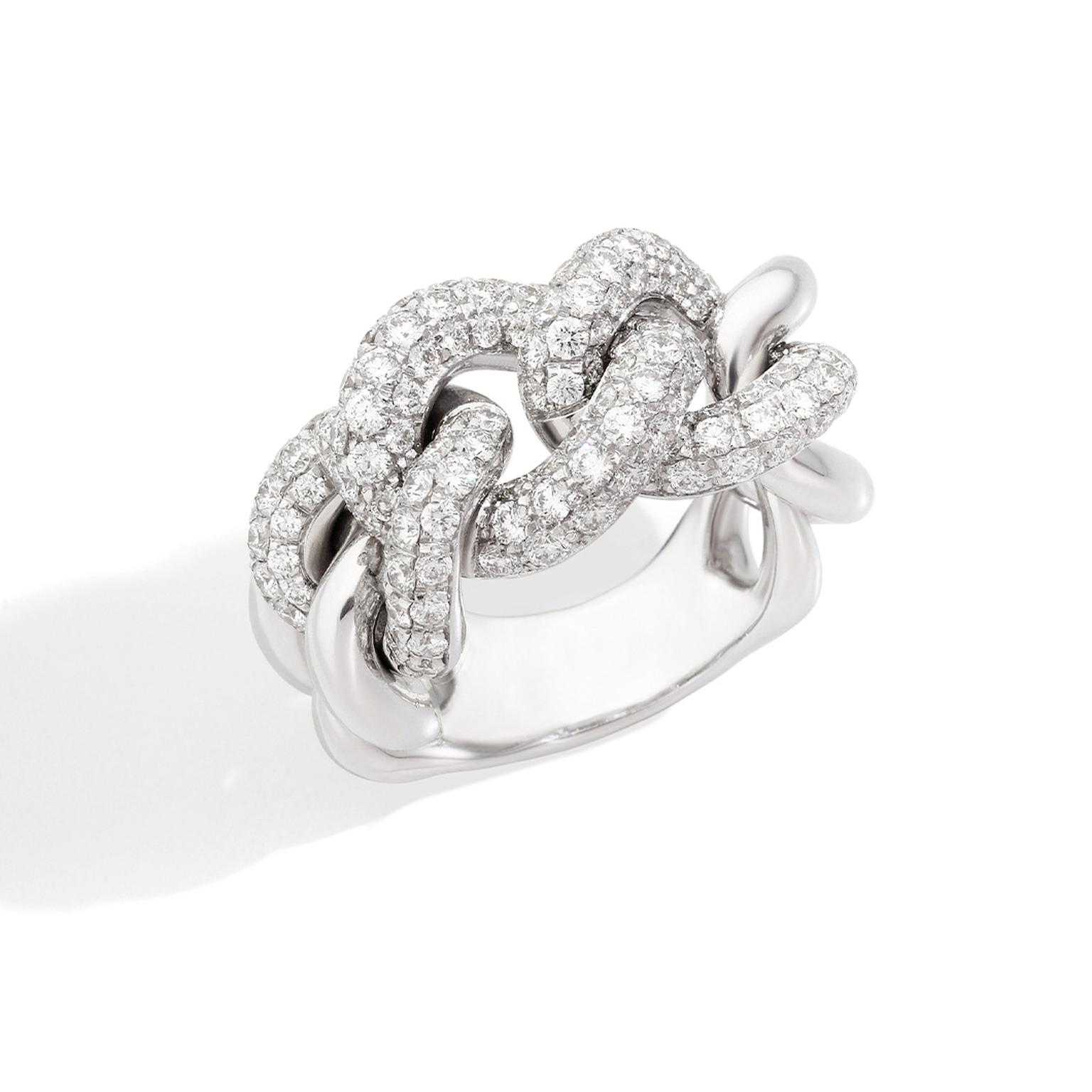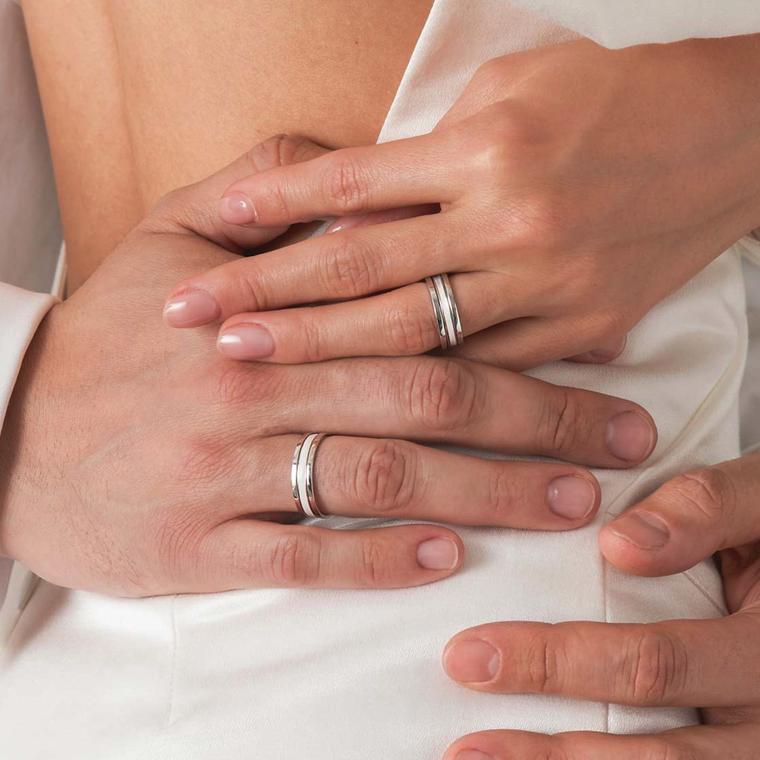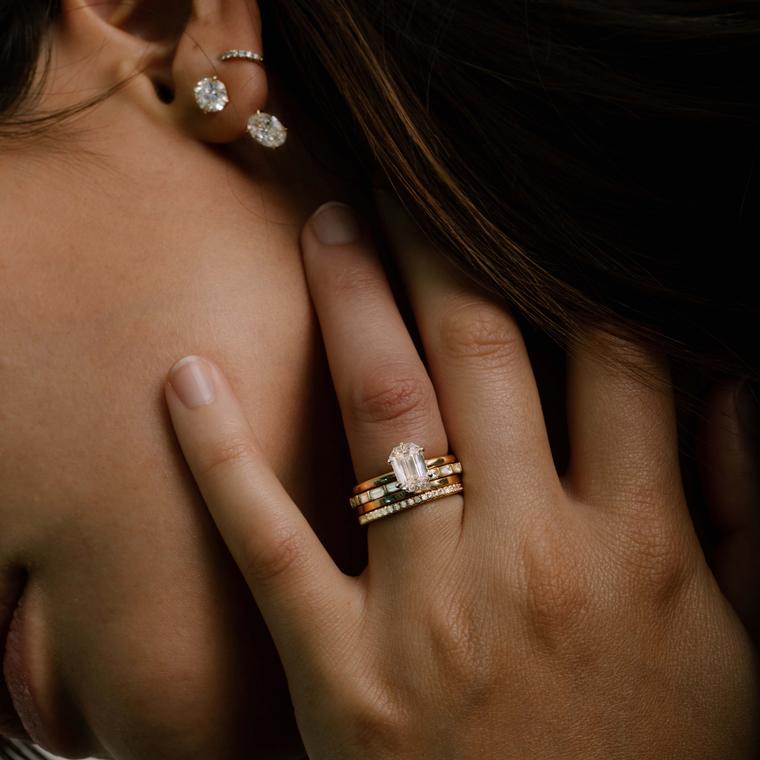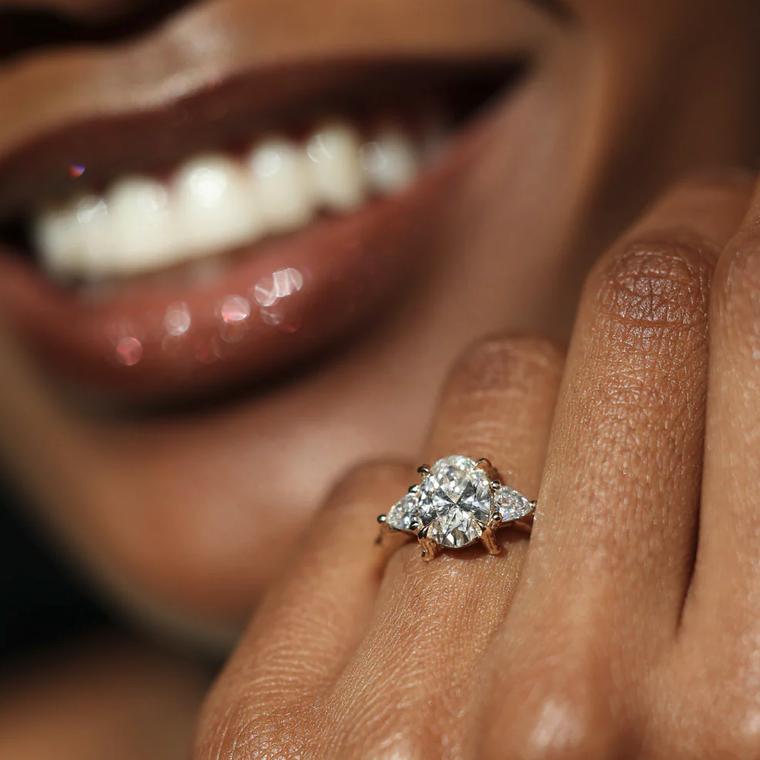
If you are in any way tuned in to the world of jewellery, gemstones or luxury, you will no doubt have heard of lab-grown diamonds. Boasting lower prices and claims of superior sustainability, you might be considering turning your back on natural diamonds – but before you do, read on.
While it is true that these man-made gems are cheaper, gemmological identical to natural diamonds, and can be produced relatively sustainably (although not all of them are), it is also worth remembering that when something seems too good to be true, it usually is. In this case, lower prices equate to questionable investments, and with reputable diamond miners investing in upping their eco credentials, the sustainability angle is not as strong as lab-grown producers might have you believe.
The decision between a natural diamond and a man-made diamond will ultimately be an individual one; there are no right or wrong answers, just preferences and priorities. In the spirit of laying all the facts on the table, here are five arguments for keeping it au naturel when it comes to diamonds.
__________________________________________________________________
Five reasons to choose lab-grown diamonds: Click to read
__________________________________________________________________
1: Natural geological wonders
If you have an interest in history, geology or nature, then natural diamonds’ origin story is likely to win you over. Diamonds were formed between 90 million and 3 billion years ago, deep below the earth’s surface – as much as 400 miles down. The crystals were formed when carbon was exposed to intense heat and pressure, and the resulting diamonds were jettisoned closer to the surface of the Earth through volcanic eruptions. Imagining this journey, and having a piece of ancient prehistory to wear on your body, beats the origin story of a rock grown in a sterile lab every time.
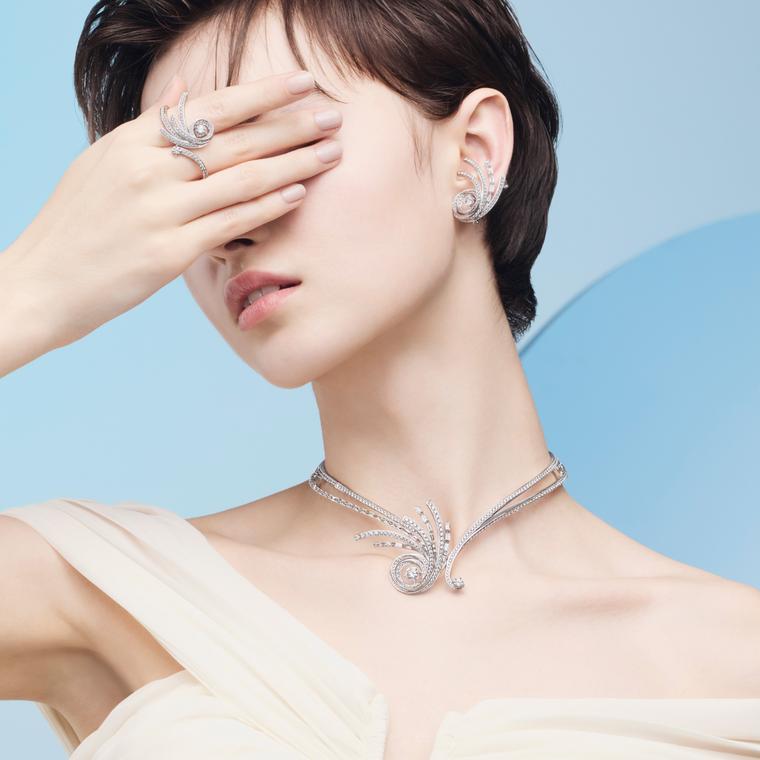
2: A better investment
It is tempting to be lured by the lower prices that lab-grown diamonds offer, but if you want to spend your money in a smart way, then natural diamonds are the right choice for you.
There is a big gap at the moment between how much you will pay for a lab-grown diamond in a store versus the cost of producing it, which is only declining as production increases. Analyst Bain & Co has suggested that the cost of producing a 1 carat lab-grown diamond fell by 90% between 2008 and 2018, and should this trend continue a lab-grown diamond bought today will most likely be worth much less in the future. Natural diamonds, meanwhile, have increased in value by 3% per annum over the past 35 years, and will likely continue this trajectory. This is an especially salient point if you feel you might want to sell your diamond later or bequeath it to a loved one. Although it is important to note that while the value of diamonds generally increases over time, you should not consider a piece of diamond jewellery bought in a store as a straight investment as the resale value is not the same as the retail value and it could be some years before you make your initial investment back.
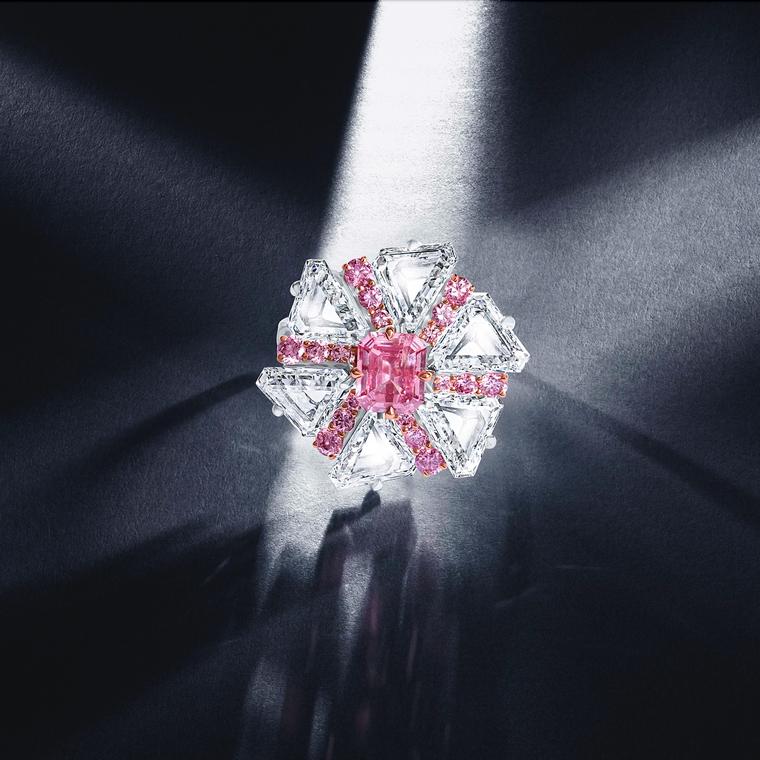
3: Support mining communities
While stopping all mining might seem like a simple answer to concerns about human welfare and environmental damage, it is a much more nuanced argument. Around the world, 10 million people rely on incomes created by the diamond mining industry; often in regions of the world where there are precious few other ways to make money. Take away mining, and you strip these communities of their livelihood. Instead, seek out a jeweller who can tell you about the origin of your diamonds, and how those stones have improved lives not damaged them. In Botswana, for example, where the government has a stake in all mining activities, the extraction and sale of diamonds amounted to a third of the country’s GDP in 2021. Diamond mining also tends to bring additional investment to communities, with miners often giving back through the provision of schools, hospitals and other infrastructure that improves the lives of not just those working at the mines but in the surrounding areas. Diamonds can do good – it’s about asking the right questions to make sure the stones you purchase are from responsible sources.
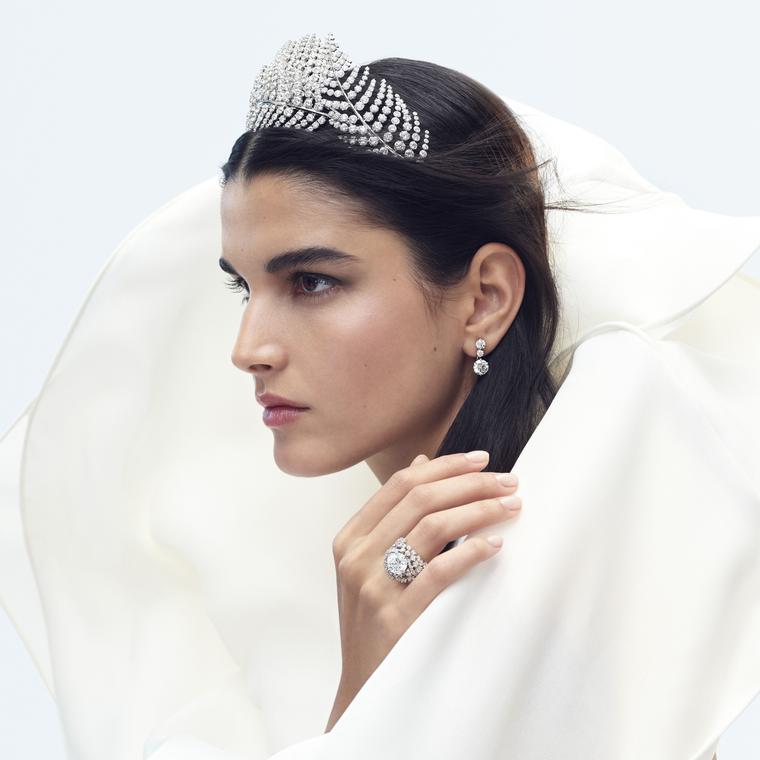
4: Help rebalance biodiversity
Lab-grown diamonds often lead with marketing that pitches them as the environmentally friendly choice, but modern diamond mining is more sustainable than you might think. Of course, exploding rock and dragging diamonds out of the depths of the ground causes disruption – and this is something to carefully consider – but reputable miners are looking beyond this to how they can repair the land once the mines are exhausted. Some are also carefully considering carbon emissions. De Beers, for example, will be carbon neutral by 2030. And many miners are ploughing profits back into environmental projects that stretch beyond mine sites. According to research by the Natural Diamond Council, diamond miners protect the biodiversity of four times more land than they use for mining. A good example is a 200,000 hectare stretch of reserve in southern Africa called The Diamond Route that is home to wildlife including buffalo, lions and elephants, all funded by diamond mining.
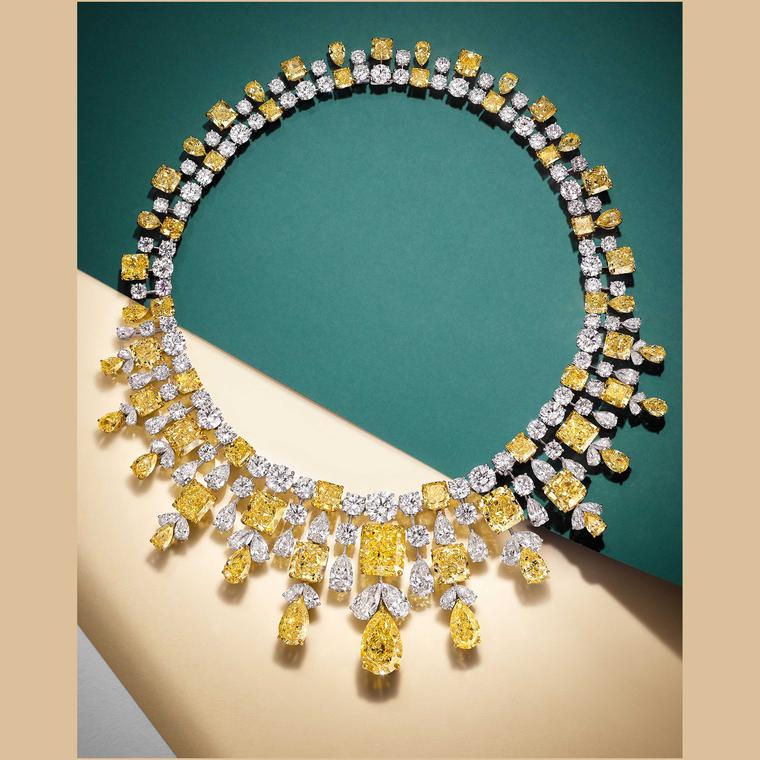
5: Owning the real deal
This final point is more romance than reason, but there is something undeniably alluring about owning the real thing versus something made to imitate it – no matter if it is gemmologically identical. To hold a diamond in your hand that has been formed as if by magic – but let’s call it science – deep in the earth millions or billions of years ago, is truly special. And if that natural diamond is vintage or antique, and, as such, has had a life before it reaches you, it is all the more special. It is also comforting to know that your diamond will continue to have more lives long after you are gone, as such a valuable finite natural resource will continued to be passed on and reused. Can we say the same for lab-grown diamonds that are likely to be worth a pittance in the future? Probably not.


